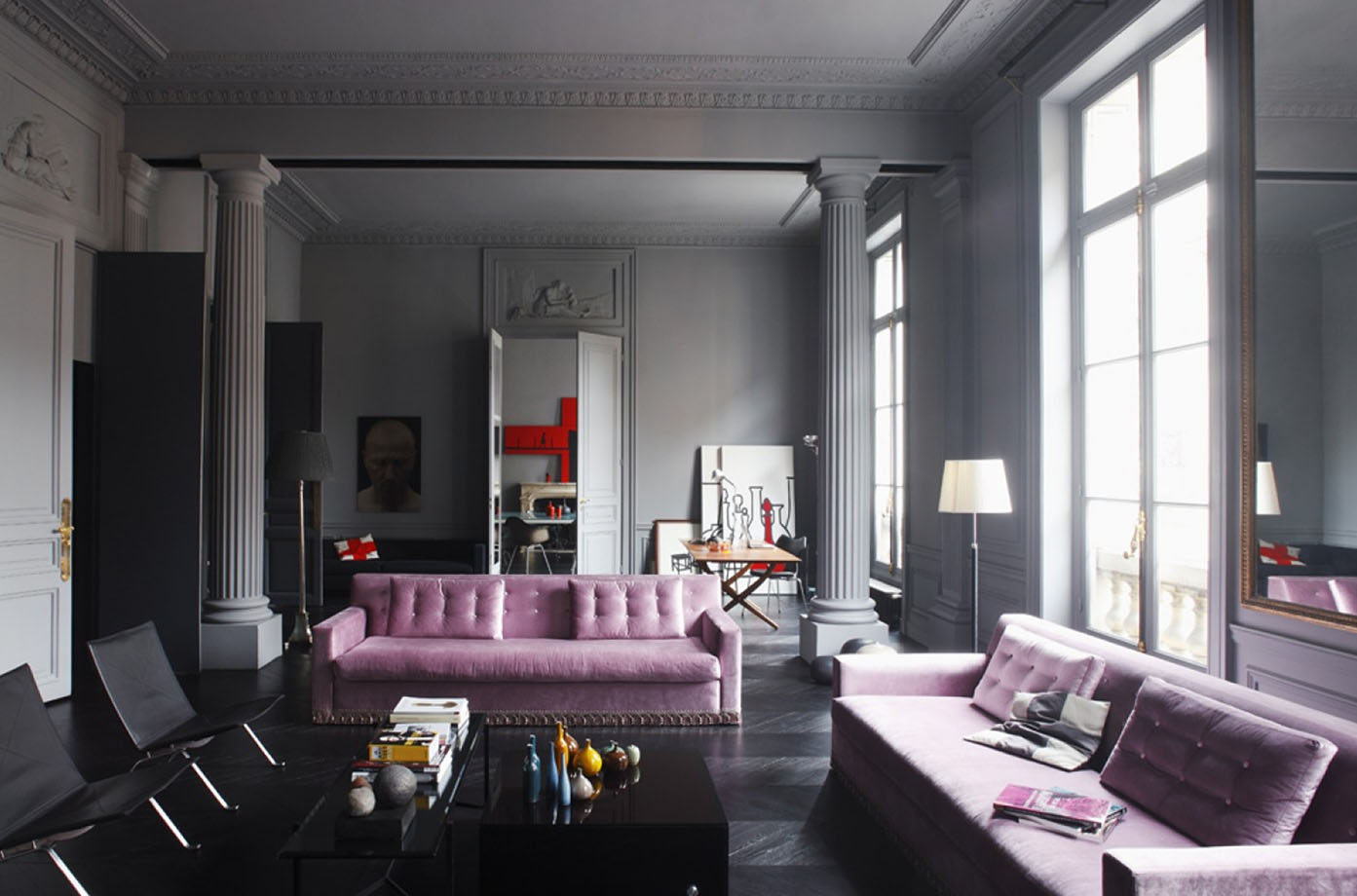Interior photography is very demanding and the photographer must be sensitive to all the elements that will appear in the final print. Most rooms consist of small objects that look good in the room, but in a print, these objects may cluster the image.
Photographing interiors involves working within a confined space, so the first thing you need is a suitable lens. Most of us would prefer to use a wide-angle lens, but this lens causes problems with image distortion. Distortion is a large and common problem when shooting interiors, but can be reduced if you use a lens with the focal length set between 80 and 100.
Interior images should be bright, with perfect exposure and have fresh vibrant colours. This is the standard used by publishers all over the world. To achieve this the photographer must be able to control these elements and have a very good understanding of light.
Light will play an important part when photographing interiors. Most of your images will be shot with a low shutter speed, because natural light levels will be very low, so a tripod will be needed. If the natural light is good, use a reflector to bounce the light into the dark areas of the room.
If the natural light is not good enough you will have to use a strobe unit. Try to bounce the light off a photographic umbrella to soften the light in the room. If you are using more than one light have some reflectors with you.
Composition is very important when photographing interiors. Here are some pointers that you may find useful and helpful:
Look out for lines that will lead to the focal point of your image. By leading with lines into the main part of the scene you will draw observers into your photograph. These lines don't have to be straight. They can be a row of seats or interesting converging vertical objects.
Simple foreground objects are also perfect for composition. Patterns on a floor can give your interior a greater sense of depth. Use a small aperture (f/22) to keep the entire scene in focus.
Try to frame your scene with some of the elements in the room. This will focus attention on the main part of the picture.
Tiles on the floor and walls can be very handy as composition when photographing a room - use the tiles to focus attention on the focal point of the room. When photographing bathrooms, if possible exclude the toilet. Always try to exclude anything that you think is distasteful.
Sometimes framed pictures hanging on walls will appear distorted so it is best not to include them. If you are photographing someone's home ask the owner before you move items.
Good interior images are not easy to take but the rewards are great if you can master the trade. If you are unsure of the standard, buy some of the magazines that use these images. Publishers pay fine prices for well exposed, good quality indoor images.












No comments:
Post a Comment